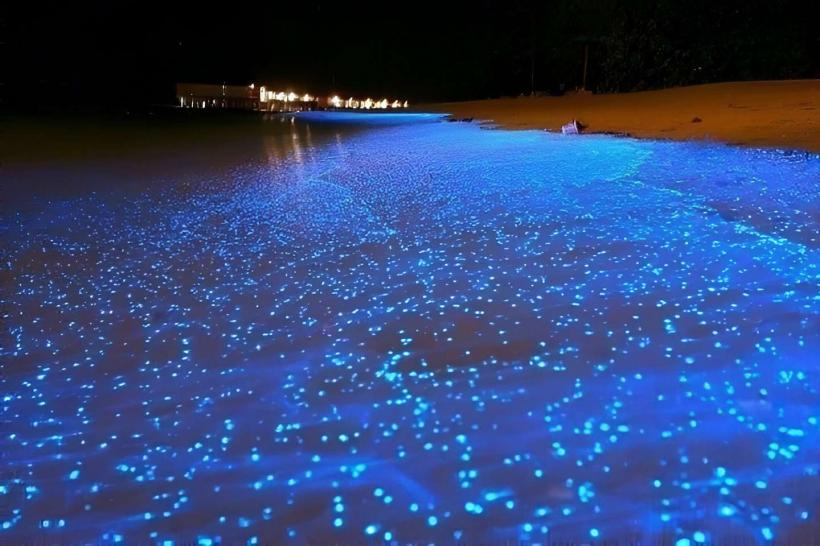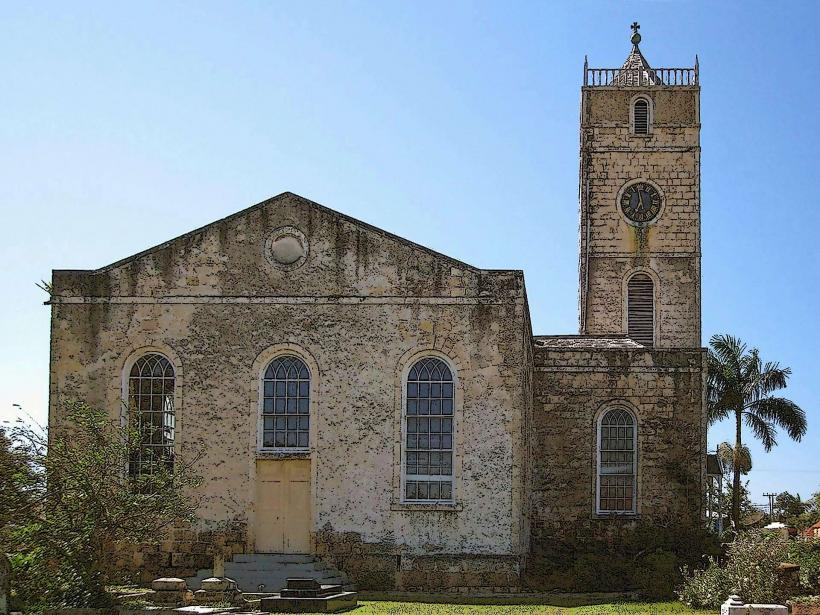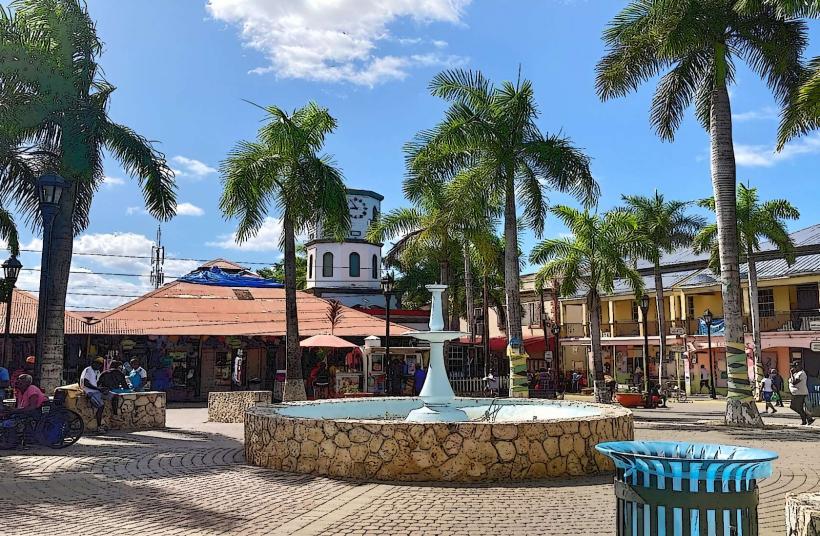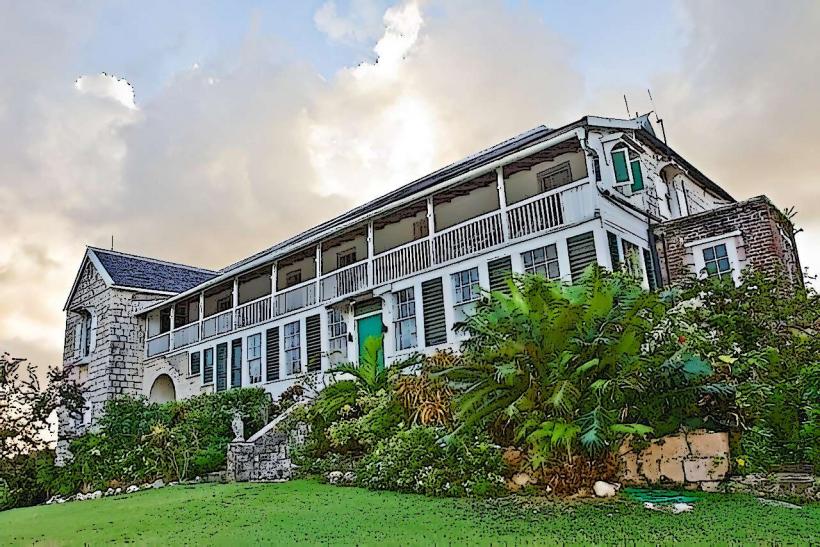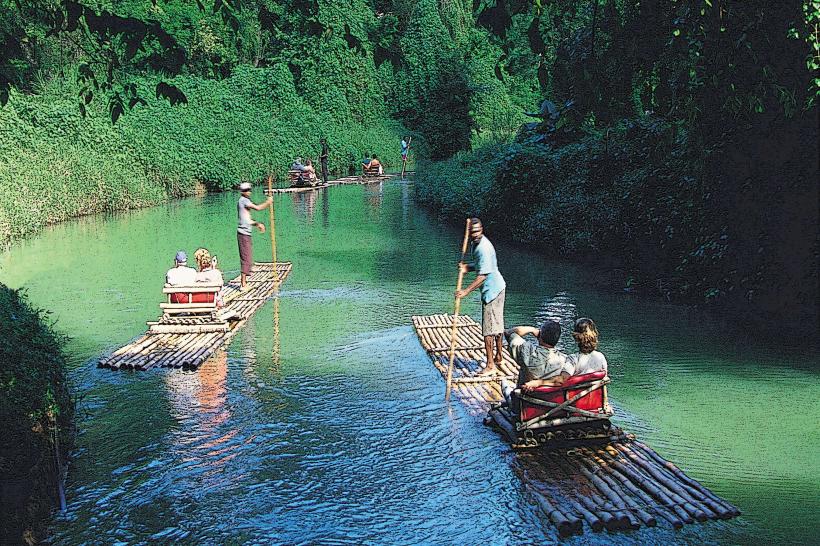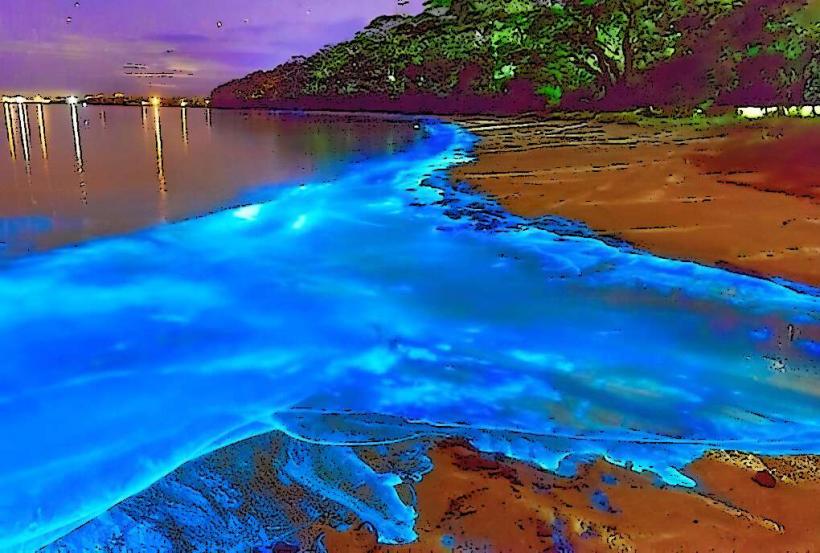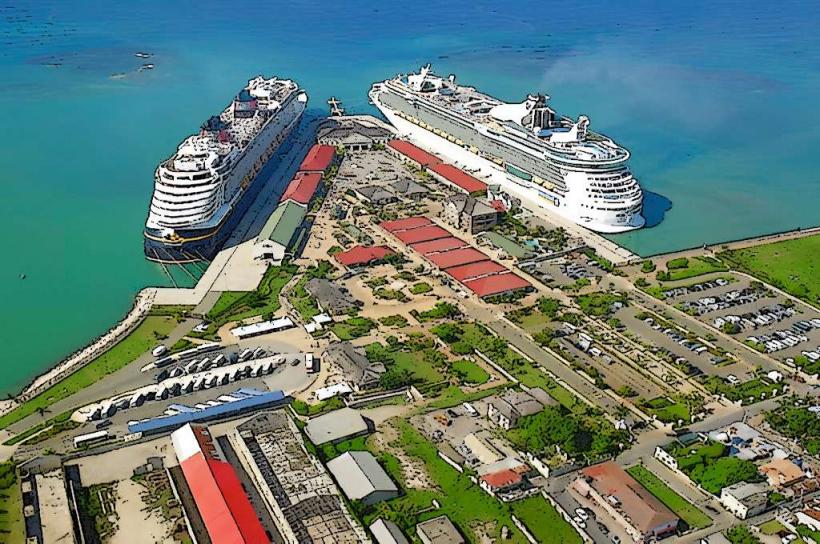Information
City: Falmouth CityCountry: Jamaica
Continent: North America
Falmouth City, Jamaica, North America
Overview
Not surprisingly, Falmouth sits on Jamaica’s north coast, a historic town where sun-warmed Georgian buildings line the streets, its past preserved and its location just minutes from popular tourist spots, after that it’s the capital of Trelawny Parish and now draws more visitors than ever, from cruise ship passengers spilling onto the docks to independent travelers wandering its sunlit streets.Falmouth sits on Jamaica’s north coast, about 18 miles east of Montego Bay and roughly 50 miles west of Ocho Rios, where the sea glints sparkling in the midday sun, as well as it sits on the edge of Braco Bay, where you can watch the Caribbean Sea shimmer in the sun.Falmouth stays warm year-round, thanks to its tropical climate, subsequently from November to April, the dry season draws the biggest crowds, while May through October brings the wet season, with brief showers tapping on tin roofs.You know, Perched on the coast, Falmouth enjoys a soft, salty breeze that keeps the air comfortable, and it first took root in the 18th century, at the peak of Jamaica’s sugar trade, meanwhile it began as a busy shipping port called Salt Harbour, its docks smelling of brine and pine tar, before taking the name Falmouth after the British port town.Fueled by the sugar trade, the town grew rich and rose to prominence as one of Jamaica’s busiest ports, its streets lined with stately Georgian buildings whose pale stone still glows in the afternoon sun, after that the town still holds colonial-style houses, whitewashed churches, and antique shopfronts that hint at its days as a thriving sugar port.When the sugar industry collapsed in the 19th century, Falmouth slipped into a long decline, after that in recent years, it’s come back to life, fueled by the boom in cruise ships and the careful restoration of its heritage stone buildings, all aimed at drawing more visitors.Today, tourism-especially from those massive cruise liners-drives Falmouth’s economy, along with since opening in 2011, the Falmouth Cruise Ship Port has breathed fresh life into the town, drawing in throngs of cruise passengers who spill into its streets.You can browse local shops, catch a live folk performance, and reach nearby sights in minutes, what’s more though the sugar trade has faded, you’ll still spot its mark in Falmouth’s Georgian columns and the antique plantations just outside town.Farming-especially sugar cane, bananas, and a mix of other crops-along with fishing, still helps sustain the community, therefore fishing plays its part too, with the scent of fresh snapper filling the stalls at local markets.In Falmouth, as across Jamaica, reggae’s steady bass and the pulse of dancehall shape daily life, then local events often bring live music to the stage, while cozy bars and bustling halls alike fill the night air with songs for locals and travelers.The town’s cultural heritage comes alive in celebrations of Jamaica’s history, from lively street festivals to national holidays, meanwhile in Falmouth, the air often carries the scent of jerk chicken and fresh patties, a true taste of Jamaican cuisine.You’ll find favorites like jerk chicken sizzling on the grill, rich curried goat, buttery ackee with saltfish, and tangy escovitch fish, as well as the coast overflows with seafood, from glistening fish on ice to sweet, buttery lobster and plump shrimp ready for the grill.To be honest, Festival bread, spicy patties, and sweet bun with cheese are local favorites, therefore in Falmouth, the streets come alive during cultural gatherings like the Falmouth Heritage Festival, where music drifts through the air and the town’s history takes center stage.Honestly, Jamaican culture shines through lively music festivals and national celebrations, while Falmouth, a slight coastal town, is home to about 10,000 people, furthermore when cruise ships pull into the harbor during peak tourist season, the town suddenly feels twice as busy, streets buzzing with camera-toting visitors.The locals are warm and easygoing, many working in the cafés, hotels, and tour boats that keep the region running, and falmouth thrives on a close-knit community that works to preserve its cobblestone streets and historic charm while encouraging eco-friendly tourism, and it’s governed as part of Trelawny Parish under the Trelawny Parish Council.The local government is investing in projects to boost tourism, protect its centuries-timeworn buildings, and upgrade roads and utilities, also though Falmouth isn’t Jamaica’s political capital, it plays a key role in the nation’s tourism-especially when towering cruise ships dock at its harbor.If I’m being honest, The local economy leans heavily on government efforts to grow tourism and preserve cultural heritage, with the sleek, glass-fronted Falmouth Cruise Ship Port-one of the Caribbean’s most modern-turning the town into a prime stop for cruise liners, equally important visitors can wander the port’s lively streets, ducking into minute shops, grabbing a bite at a café, or catching a bit of live music, all with the town’s striking Georgian buildings rising in warm stone around them.You’ll find key landmarks like St, after that peter’s Anglican Church, the stately Falmouth Courthouse, and a handful of colonial-era homes with sun-faded shutters that have been carefully preserved.Take a walking tour through town and you’ll spot plenty of aged stone buildings, as well as at Good Hope Estate, a historic plantation shaded by towering palms, you can step back into Jamaica’s sugar plantation past.Visitors can wander through the heritage plantation house, stroll past dazzling hibiscus in the gardens, and discover the island’s long history of sugar production, likewise the estate offers adventure too, like bamboo rafting down the Cataract River, where the water slaps gently against the raft.Just beyond Falmouth, the Luminous Lagoon shimmers at night, lit by tiny bioluminescent creatures swirling beneath the surface, in addition you can hop on a boat tour to witness this magical sight, the water glowing softly under the night sky.In the heart of Falmouth, Water Square buzzes with life as locals and travelers mingle, simultaneously historic buildings circle the spot, and it often hosts lively events and colorful festivals.Truthfully, Just a short drive from Falmouth, Rose Hall Great House rises on the hill-a grand timeworn plantation home whispered to be haunted by the White Witch of Rose Hall, a figure woven deep into Jamaican lore, and you can take a guided tour through the house and wander the gardens just beyond it.As far as I can tell, A few miles from Falmouth, Burwood Beach stretches out in soft sand, its clear water lapping quietly at the shore, not only that it’s a perfect location to swim, stretch out in the sun, or enjoy a picnic with the scent of salt on the breeze, and Falmouth’s roads make it easy to reach from anywhere else in Jamaica, slightly often You can get to nearby towns and attractions by bus, taxi, or shared route taxi, and if you’re flying in, Sangster International Airport in Montego Bay is the closest major hub-about a 30‑minute drive from Falmouth, just long enough to watch the coastline slip past your window, furthermore the airport handles international flights, making it a vital gateway to Jamaica’s north coast, where the salt air greets you the moment you step outside.You can reach Falmouth easily by road.
Author: Tourist Landmarks
Date: 2025-10-29
Landmarks in falmouth-city

